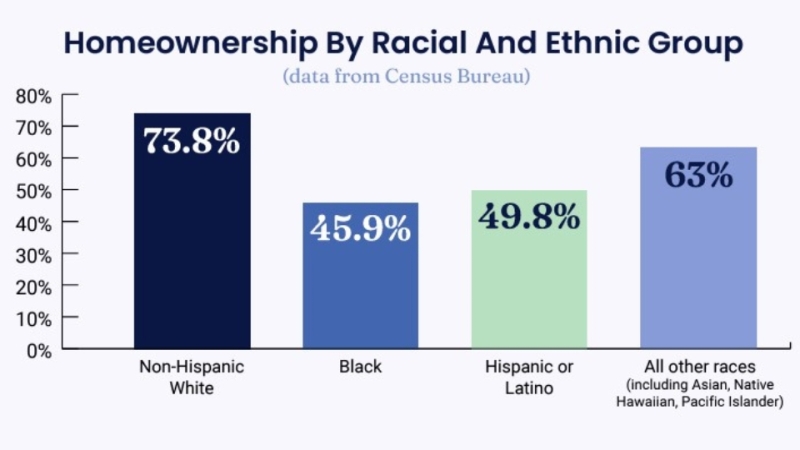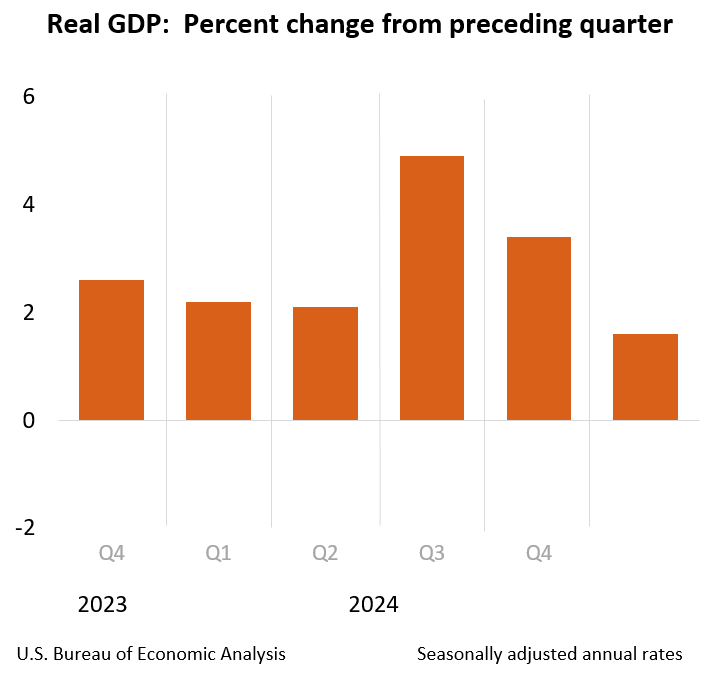Advertisement
ARMCO Report: Critical Defects Shift Significantly From Q1

ACES Risk Management (ARMCO) has announced the release of the quarterly ARMCO Mortgage QC Trends Report, providing loan quality findings for mortgages reviewed by ACES Audit Technology during the first quarter (Q1) of 2018. The report’s noteworthy findings include:
►In Q1 2018, the critical defect rate increased from the previous quarter’s 1.68 percent to 1.72 percent.
►As with the previous quarter, in Q1 2018, the majority of critical defects were attributed to the Income/Employment category.
►Q1 2018 saw a 25 percent increase in the number of defects attributed to the Loan Package Documentation category—these defects are often associated with downsizing and understaffing.
►In Q1 2018, the number of defects attributed to the Borrower and Mortgage Eligibility category dropped to 6.57 percent, roughly 50 percent of the previous quarter’s rate of 12.24 percent.
►In Q1 2018, critical defects related to core underwriting and eligibility issues continued to be the most frequently occurring—which is typical in purchase-driven markets.
►As with the previous quarter, in Q1 2018, the majority of critical defects were attributed to the Income/Employment category.
►Q1 2018 saw a 25 percent increase in the number of defects attributed to the Loan Package Documentation category—these defects are often associated with downsizing and understaffing.
►In Q1 2018, the number of defects attributed to the Borrower and Mortgage Eligibility category dropped to 6.57 percent, roughly 50 percent of the previous quarter’s rate of 12.24 percent.
►In Q1 2018, critical defects related to core underwriting and eligibility issues continued to be the most frequently occurring—which is typical in purchase-driven markets.
“The distribution of critical defects for the first quarter of this year differed significantly from those we saw during the last quarter of 2017,” said Phil McCall, ARMCO’s President. “What the report reveals is consistent purchase-dominant contracting markets. One of the newest trends is a spike in defects associated with loan package documentation. This is often a result of lender downsizing and staff consolidation, which occurs when declining loan volume becomes a trend—as it did in the beginning of this year.”
Defects associated with loan package documentation do not usually result in non-saleable loans. However, they can still have a detrimental impact on profitability.
“These types of errors often occur when staff members are rushed or unfamiliar with job tasks. Omitting a document required by an investor or insurer is a typical example,” McCall said. “Errors like this can cause investors and insurers to suspend loan purchases, which reduces warehouse line capacity and can result in pricing adjustments, both of which significantly impair profitability.”
The Q1 2018 ARMCO Mortgage QC Industry Trends Report is based on nationwide post-closing quality control loan data from over 90,000 unique loans selected for random full-file reviews, as was captured by the company’s ACES Analytics benchmarking software. Defects listed in the report are categorized using the Fannie Mae loan defect taxonomy.
“This quarter’s findings show how current data helps lenders protect profitability,” said McCall. “If lenders have had layoffs, or if they’re anticipating downsizing, they should know where and how it will impact their lending ability. Gaining access to this type of data helps eliminate the number one cost associated with downsizing.”
About the author





